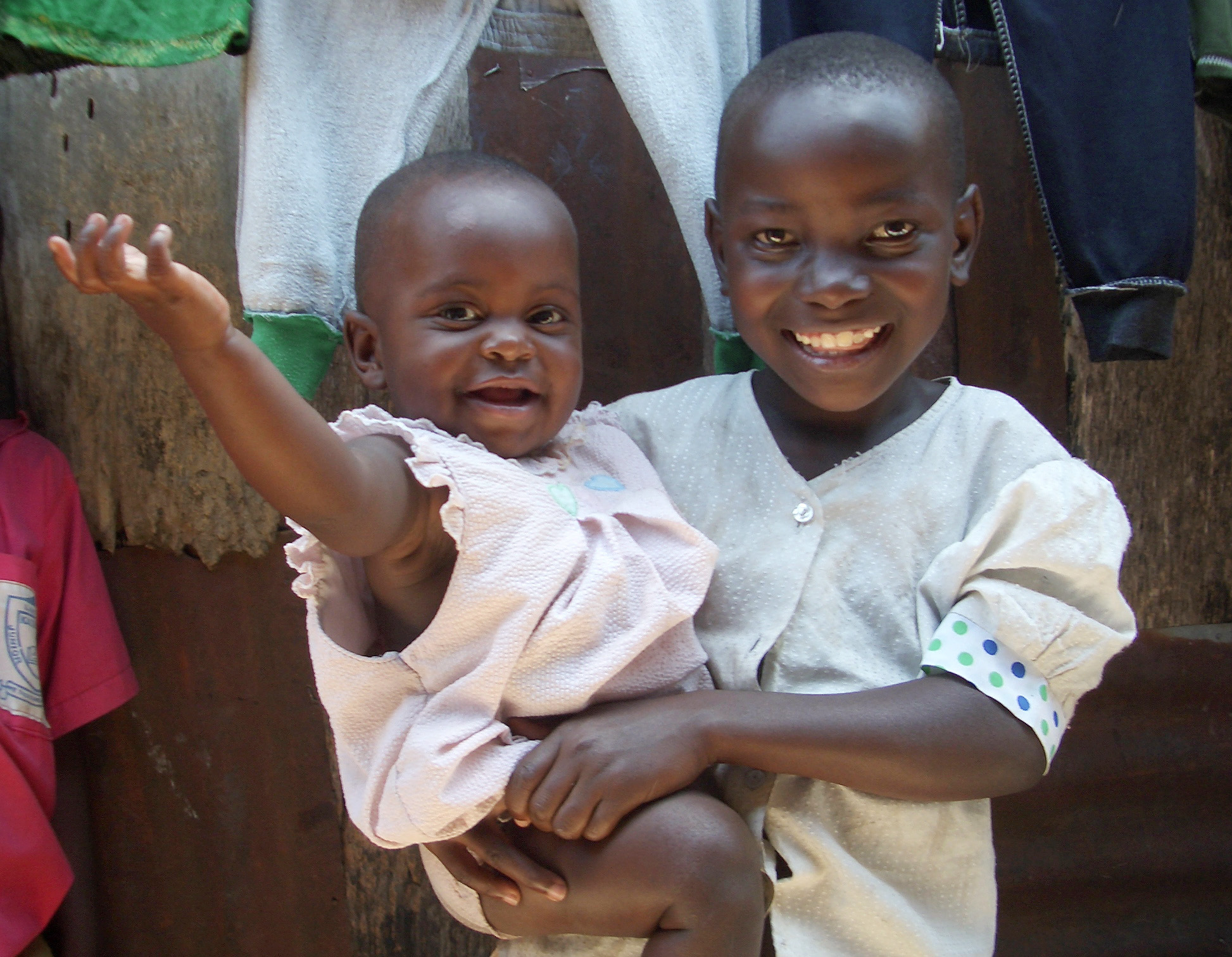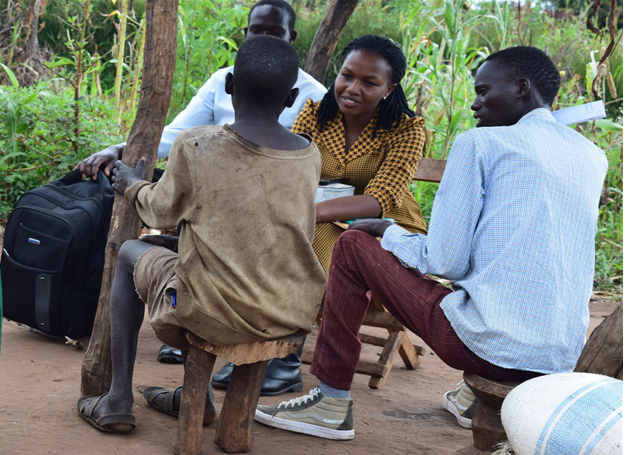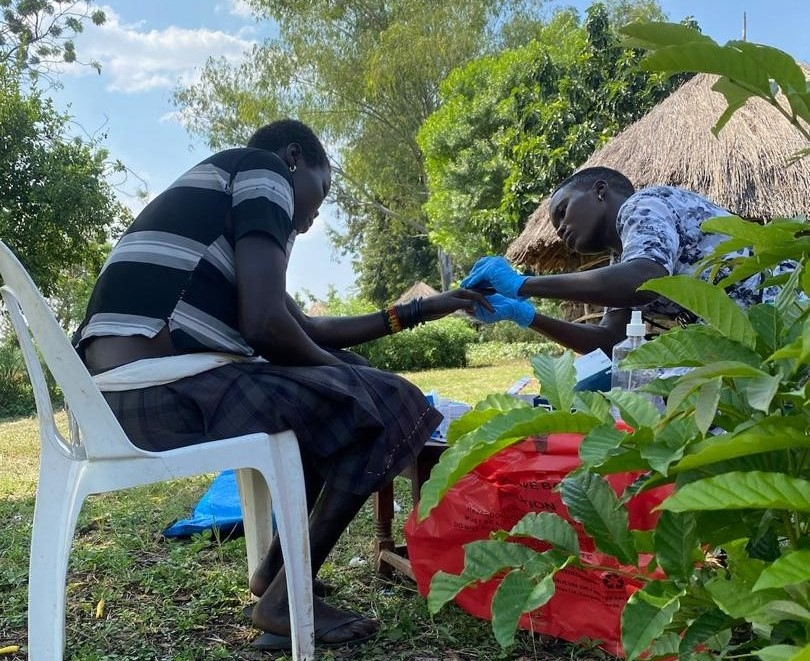HIV/AIDS is a major cause of infant and childhood mortality and morbidity in Africa. In children under five years of age, HIV/AIDS now accounts for 7.7% of mortality worldwide. AIDS already accounts for a rise of more than 19% in infant mortality and a 36% rise in underfive mortality.
Together with factors such as declining immunisation, HIV/AIDS is threatening recent gains in infant and child survival and health. Yet, for the most part, HIV infection in children is preventable. In industrialised countries in North America and Europe, paediatric HIV infection has largely been controlled. In these settings, HIV testing as part of routine antenatal care, combinations of antiretroviral (ARV) drug regimens, elective caesarean section, and complete avoidance of breast-feeding have translated into mother-to-child transmission (MTCT) rates of less than 2%. In Africa, on the other hand, high rates of maternal HIV infection, high birth rates, lack of access to currently available and feasible interventions, and the widespread practice of prolonged breast-feeding translate into a high burden of paediatric HIV disease.
The transmission risk for a child born to an HIV-infected mother in an African setting without interventions for prevention of mother-to-child transmission (PMTCT) is about 30–40%. The other 60–70% of children, although not HIV-infected, still have a 2- to 5-fold risk of mortality as a direct consequence of the mother’s HIV disease, when compared to children born to uninfected mothers.
Efforts to expand care and treatment for children must go hand in hand with efforts to rapidly improve the uptake of available interventions for reducing MTCT. Currently these reach less than 10% of the population in the countries that are most affected. Access to currently available, effective care and treatment remains a major obstacle.






